Journal: International Journal of Emergency Medicine
Author: Giancarlo Scoppettuolo
Publication Date: 2016
.png)
Objective
This study aims to address the challenges of placing intravenous catheters in emergency situations, exploring the advantages of ultrasound-guided and Seldinger technique in terms of success rates and dwell time for mini-midline catheter placement.
Methods
A retrospective analysis was conducted over one year on patients in the emergency department (ED) who required urgent establishment of peripheral venous access due to difficult-to-palpate and/or non-visible superficial veins. Ultrasound-guided polyurethane mini-midline catheters were placed, and all relevant data related to catheter insertion and maintenance were collected from patient records.
Results
A review of 76 patients showed a catheter placement success rate of 100%. In 73% of the patients, the catheters remained in use for more than one week. A few catheters were removed early due to the completion of treatment, with no reports of significant infections or thrombotic complications.
Conclusion
Ultrasound-guided placement of 8-10 cm polyurethane mini-midline catheters using the Seldinger technique provides a rapid and reliable peripheral venous access option in emergency settings.
Background
- Patients with acute conditions admitted to the emergency department (ED) often require at least one rapid and reliable peripheral venous access. However, in many cases (e.g., morbid obesity, underweight patients, chronic diseases, intravenous drug use, or local unfavorable conditions), identifying superficial veins is challenging, particularly due to edema or hypovolemia, making peripheral IV catheter placement difficult.
- Central venous catheterization, especially in emergency settings, carries certain risks of complications, particularly for patients with coagulopathy, and is time-consuming. Additionally, current guidelines recommend that CVCs placed in emergency situations should be removed within 24-48 hours to reduce the risk of infection.
- Ultrasound guidance is a valuable tool for obtaining peripheral venous access in emergency settings, especially when superficial veins cannot be identified via palpation or direct visualization.
- Existing studies have shown that ultrasound-guided polyurethane mini-midline catheters placed using the direct Seldinger technique offer higher insertion success rates, longer dwell times, and reduced dislodgement rates compared to ultrasound-guided short IV catheters.
Study Population and Methods
A retrospective analysis was performed on adult patients treated in the ED in 2013 who received ultrasound-guided polyurethane mini-midline catheter placement.
Procedure Overview
Patient Preparation and Positioning
- A portable ultrasound device was used to assess upper limb veins, prioritizing veins with a diameter >3 mm and depth <30 mm.
- A tourniquet was placed above the elbow, and the site was disinfected with 2% chlorhexidine and covered with a sterile drape.
Catheter Selection and Placement
- Appropriate 18G or 20G polyurethane catheters were selected based on vein diameter (veins ≥4 mm were required for 18G catheters).
- Local anesthesia (0.75-1% ropivacaine, 1-2 mL) was administered as needed, depending on patient assessment.
- Using ultrasound guidance in a short-axis view ("out-of-plane"), the vein was punctured with a needle, and a guidewire was introduced. The catheter was then advanced over the guidewire into the vein, with blood return confirmed before securing it in place.
Data Collection and Analysis
- Data on catheter insertion site, vein diameter and depth, procedure duration, and complications were recorded after each procedure and entered into a dedicated database.
- All data were analyzed using standard descriptive statistics, presented as mean ± standard deviation.
Ethical Considerations
This retrospective study did not require ethical committee approval or patient consent per hospital policy.
Results
From January 1 to December 31, 2013, a total of 76 mini-midline catheters were placed in 76 ED patients using ultrasound guidance and the direct Seldinger technique:
- Mean age: 59.35 ± 19.09 years
- BMI: 34 patients (44%) had a BMI <30
- Edema: 31 patients (40.7%) had subcutaneous edema, making venous access difficult
- Primary diagnoses: Known malignancy (23 cases), heart failure (12 cases), chronic diseases (11 cases), acute pulmonary infections (10 cases), etc.
- Catheter type: 65 cases (86%) involved 20G catheters
- Insertion site: 34 catheters (45%) in basilic veins, 17 (22%) in brachial veins
- Success rate: 100%
- Attempts: The average number of attempts before successful insertion was 1.57 ± 0.63 (range: 1-3 attempts).
- Procedure duration: The mean duration of the procedure was 9.5 ± 2.27 minutes (range: 7-16 minutes).
- Usage: 53% (40 cases) used for power injection during radiological examinations; 73% (55 cases) were replaced with long-term venous access devices after 7-8 days; 27% (21 cases) were removed after treatment completion. No major infections, thrombotic complications, or accidental dislodgements were reported.
Conclusion and Outlook
- Ultrasound-guided techniques are critical tools for obtaining peripheral venous access in ED patients, particularly in difficult-access cases.
- Placement of 8-10 cm polyurethane mini-midline catheters using ultrasound-guided Seldinger technique is superior to ultrasound-guided short (3.5-5.2 cm) PTFE IV catheters in terms of insertion success rates, complication rates, and peripheral access dwell time.
- Future research should focus on more prospective, randomized, and controlled studies.

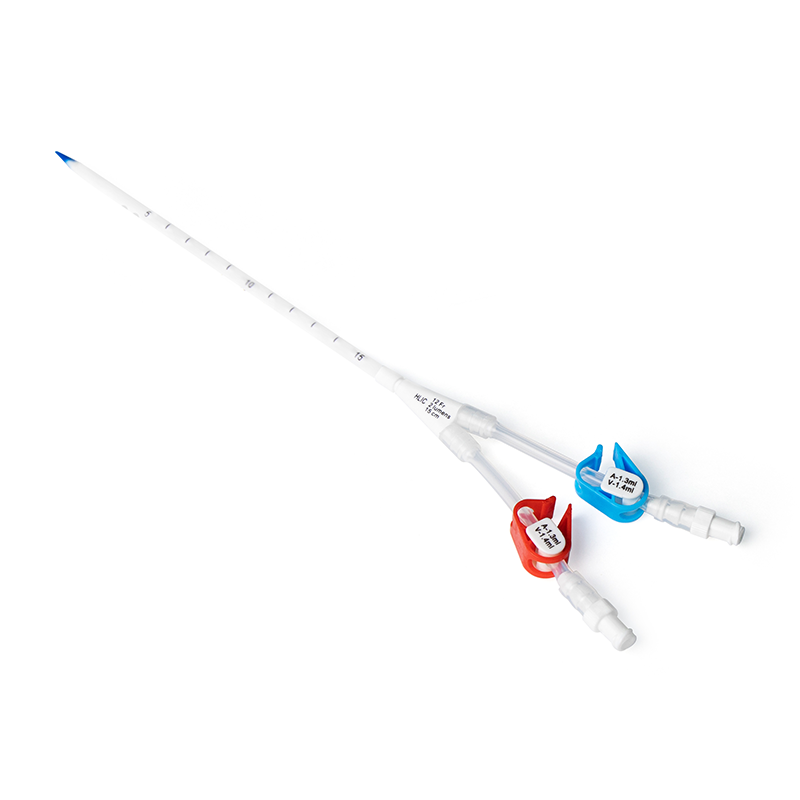
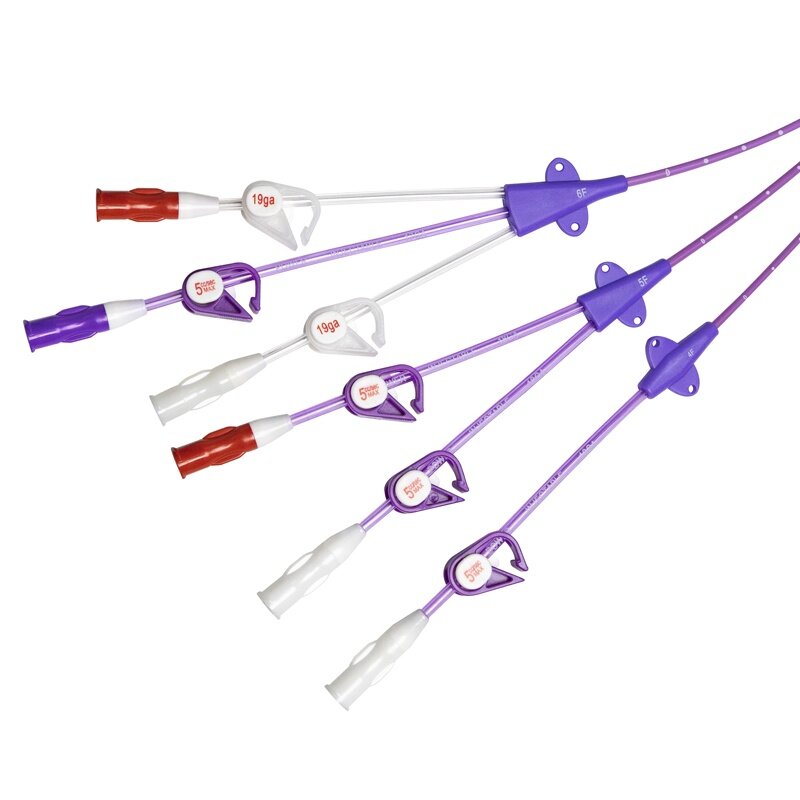
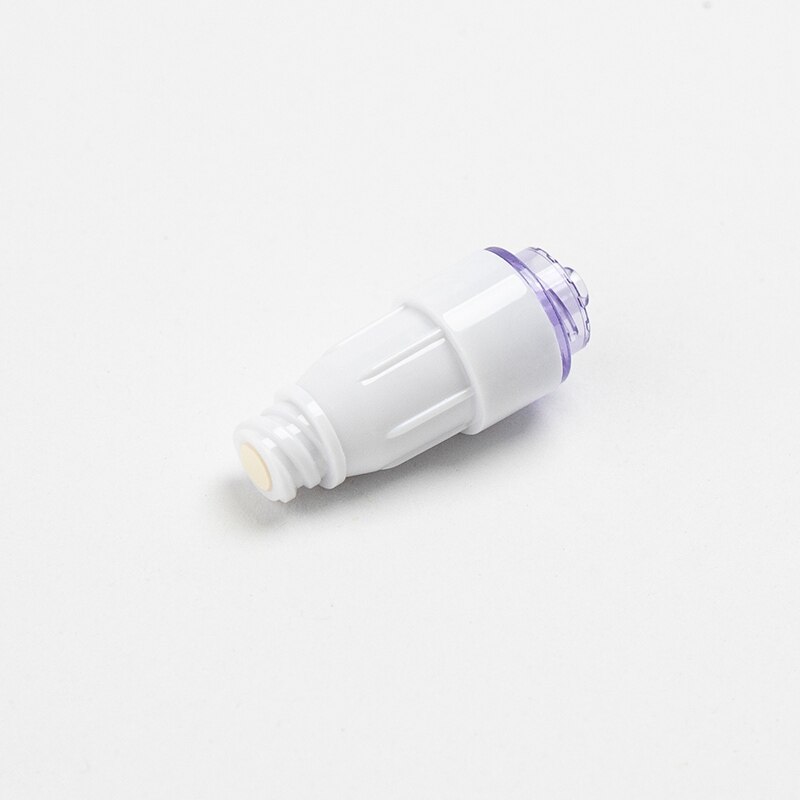
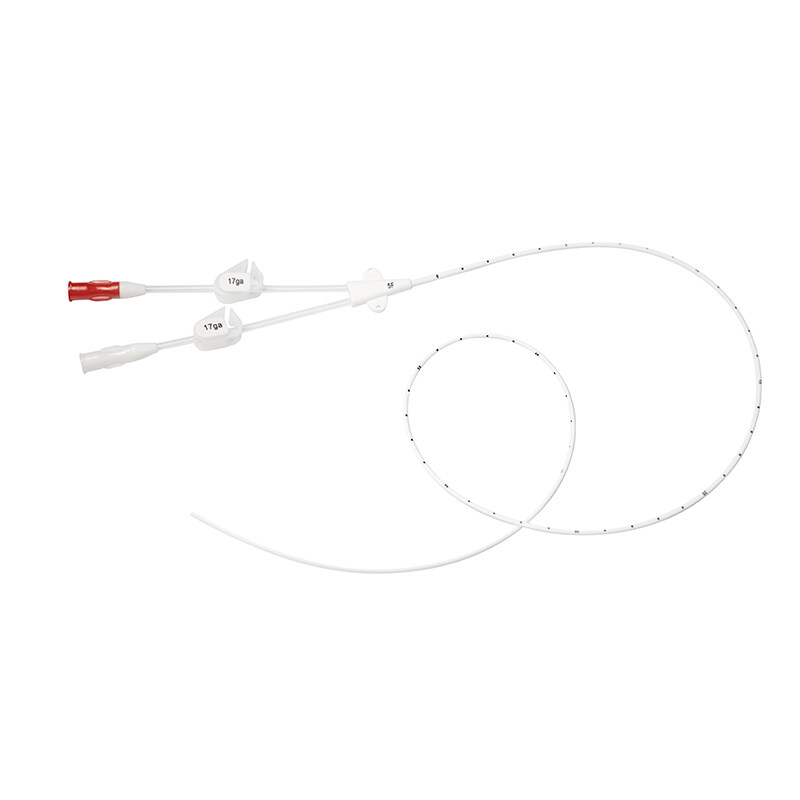
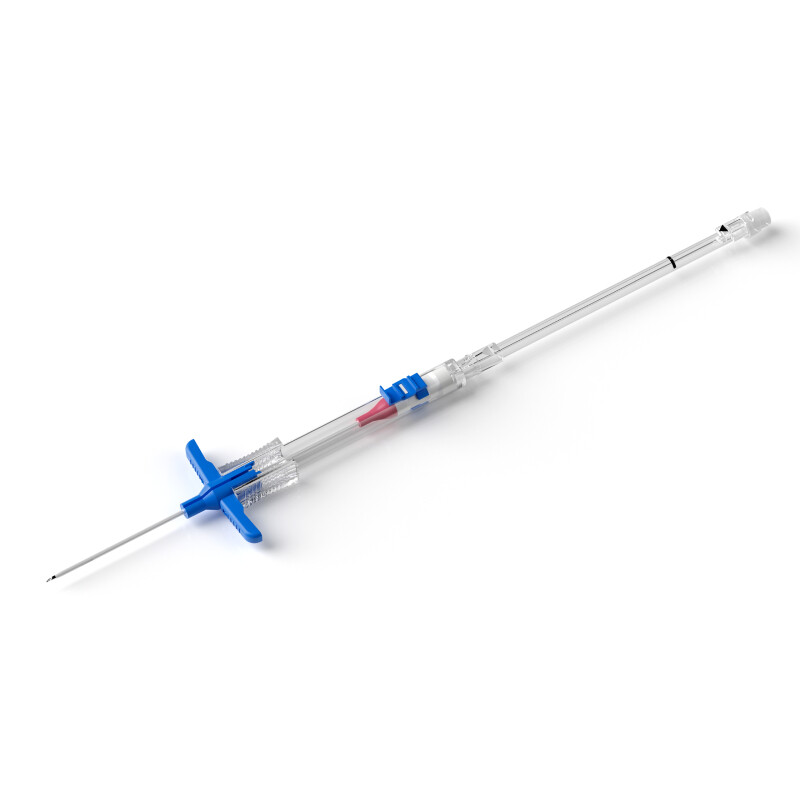
.png)